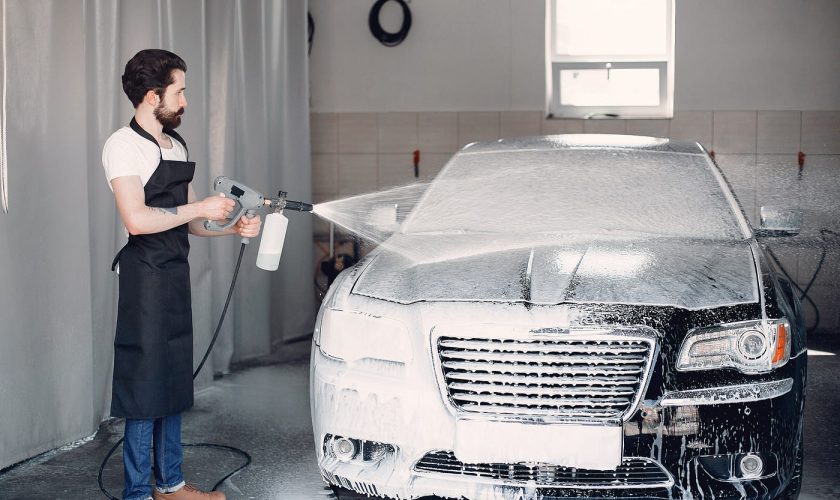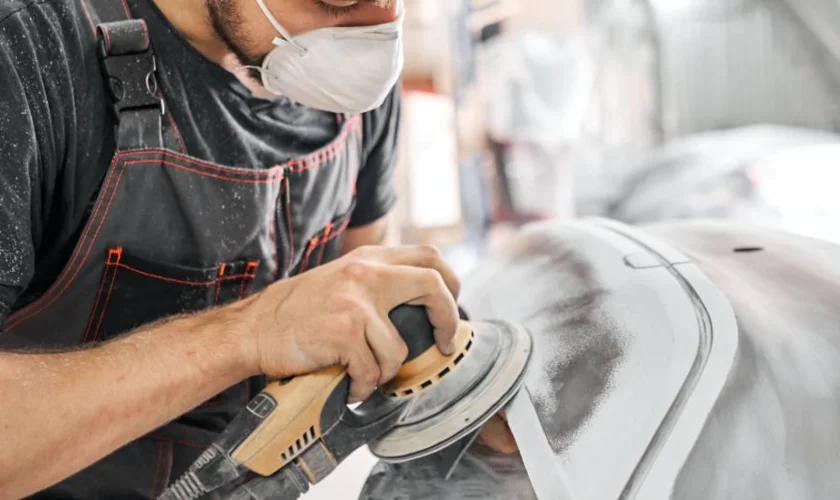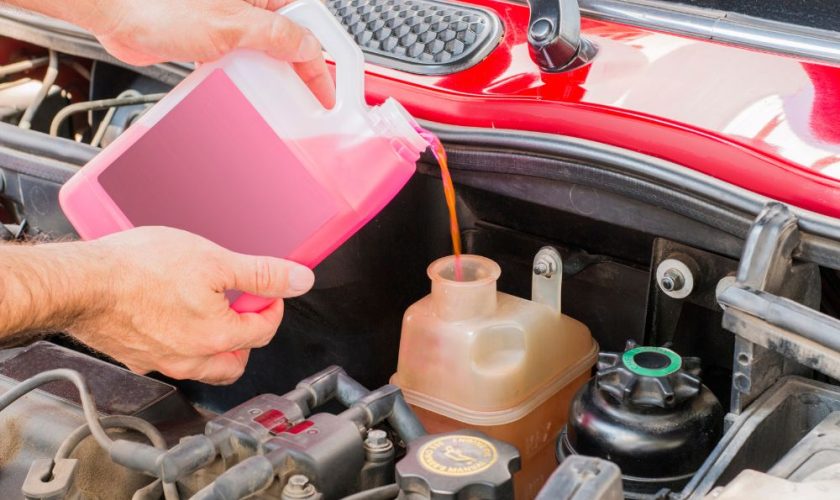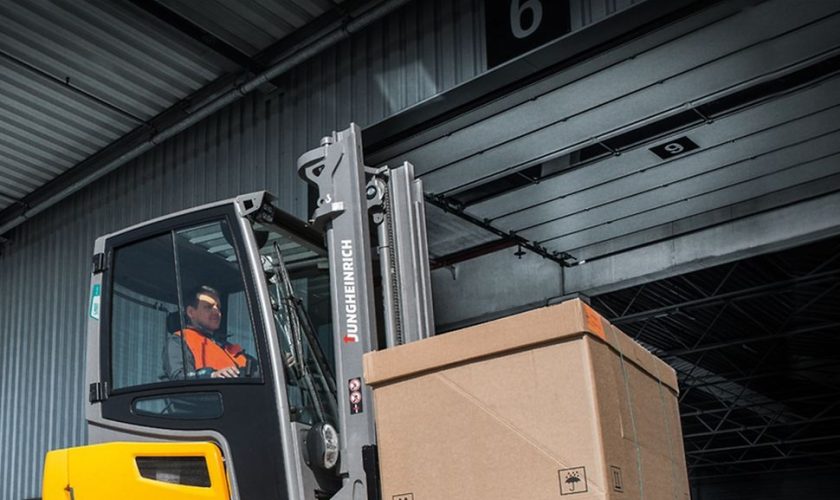Financing a collector car can be a great way to make your dream of owning a classic or exotic vehicle a reality without depleting your savings. However, navigating the financing process requires careful consideration to avoid common pitfalls. Here are the top seven mistakes to avoid when financing your collector car.
1. Not Researching Lenders
One of the biggest mistakes you can make is not researching and comparing lenders. Not all financial institutions offer the same terms for collector car loans. Look for lenders who specialize in financing classic and exotic cars, as they often provide more favorable rates and terms. Take the time to compare interest rates, loan terms, and fees to ensure you’re getting the best deal.
2. Overlooking Your Credit Score
Your credit score significantly impacts the interest rate and loan terms you’ll be offered. Failing to check your credit score before applying for a loan can result in unpleasant surprises. Review your credit report, address any errors, and take steps to improve your score if necessary. A higher credit score can help you secure a lower interest rate and better loan conditions.
3. Ignoring the Total Cost of the Loan
Many buyers focus solely on the monthly payment amount without considering the total cost of the loan. A lower monthly payment might seem appealing, but it could mean a longer loan term and higher overall interest costs. Calculate the total cost of the loan, including interest and fees, to ensure you’re making a financially sound decision.
4. Choosing the Wrong Loan Term
The length of your loan term can greatly affect your financial situation. While a longer term can reduce your monthly payments, it also means you’ll pay more interest over time. Conversely, a shorter term increases your monthly payments but reduces the total interest paid. Choose a loan term that balances affordability with minimizing interest costs.
5. Skipping the Pre-Approval Process
Skipping the pre-approval process can leave you uncertain about how much you can afford and the loan terms you’ll qualify for. Getting pre-approved for a loan gives you a clear understanding of your budget and strengthens your negotiating position with sellers. It also helps you avoid the disappointment of falling in love with a car that’s out of your financial reach.
6. Neglecting to Inspect the Car
Financing a collector car is a significant investment, so it’s crucial to ensure the vehicle is in good condition. Neglecting to have the car inspected by a qualified mechanic can lead to unexpected repair costs down the road. An inspection can reveal hidden issues and give you peace of mind that you’re making a sound investment.
7. Not Understanding the Loan Terms
Before signing any loan agreement, make sure you fully understand the terms and conditions. Many borrowers make the mistake of glossing over the fine print, only to be surprised by hidden fees or unfavorable terms later on. Pay close attention to interest rates, fees, prepayment penalties, and other loan details. If you have any questions, don’t hesitate to ask your lender for clarification.
Conclusion
Avoiding these common mistakes can help you secure a better financing deal and enjoy your collector car without financial stress. By researching lenders, understanding your credit score, considering the total cost of the loan, choosing the right loan term, getting pre-approved, inspecting the car, and fully understanding the loan terms, you can make a well-informed decision and drive away with confidence. Whether you’re purchasing a vintage classic or a modern exotic, careful planning and attention to detail are key to successful collector car financing.










